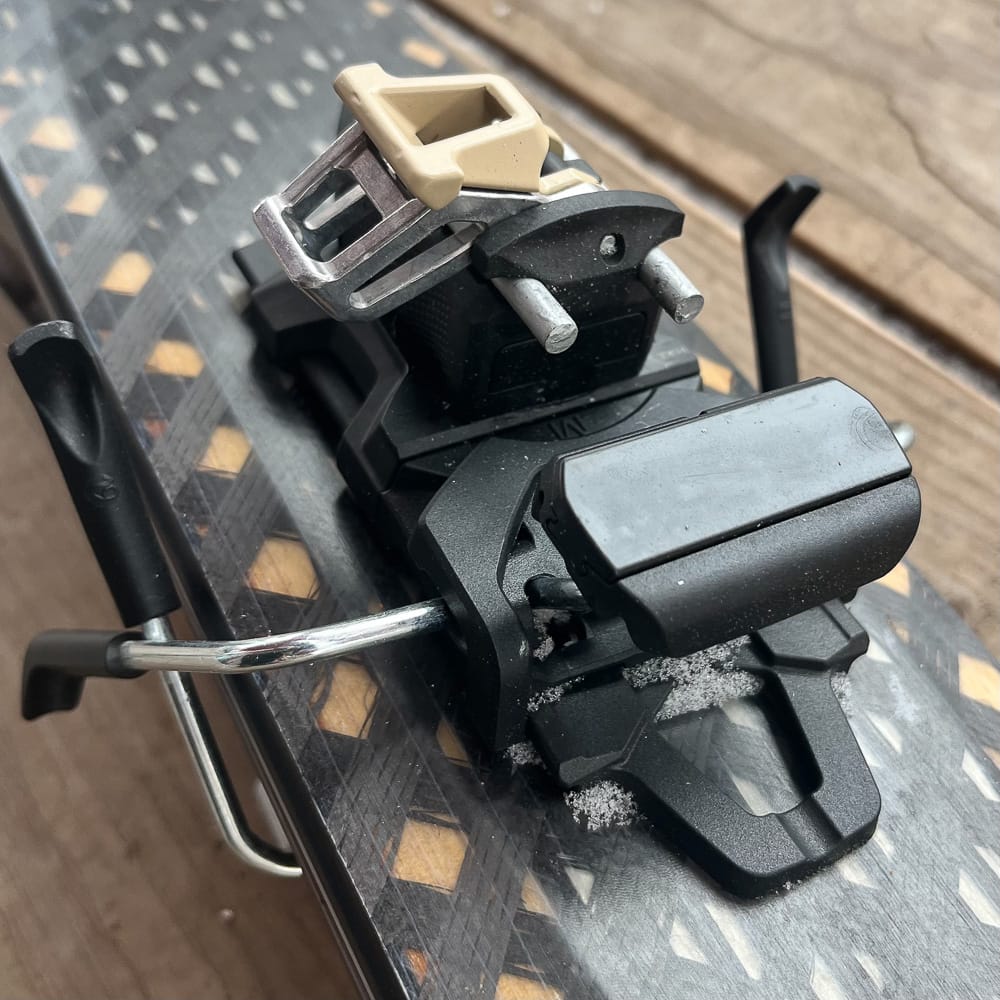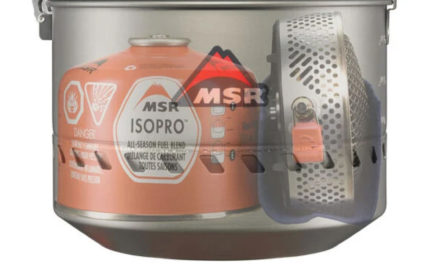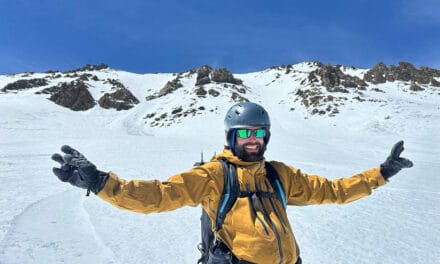Head/Tyrolia took a headfirst dive into the ski touring world for this winter, releasing a lightweight ski line, lightweight three-buckle boots, and new tech binding platform. While head has had some 50/50 options in their Kore lineup of skis and boots, the Crux series caught our eye as it is much more targeted toward the ski touring we love here at The High Route. We recently got our hands on the Crux Pro 105 skis in 177 cm, the Crux Pro boot, and the Almonte 12 PT binding for testing.
Crux Pro 105 Skis
“Suspiciously light” was the first thing out of Slator Aplin’s mouth when I showed him the specs for the new Head skis. At 1327 g/ski for a 177 cm, they certainly fall on the light end of the spectrum for their size. Weight aside, we have a very traditional shape with a bit of camber, conservative tip rocker, and just a touch of tail rocker paired with a long 23m turn radius.
Overall, this shape and weight make me think the Crux could be a solid competitor for the Zero G 105 on long days in the high peaks of the Tetons or Alaska. I’m happy with my choice of the 177 cm length here, I reckon the 184 would get knocked around a lot with the light build.
The mount point of -10.5 is pretty far back, I’ll probably go forward +2 cm or so.
Specs
Available lengths (cm): 170, 177 [tested], 184
Weight: 1327g
Dimensions (mm): 133-105-122
Turn radius (m): 20.9 [170], 23.2 [177], 25.6 [184]
Core: Karuba w/ some sort of Graphene element
Build Comments: Triaxial Carbon ‘Jacket‘, clear/no topsheet,
Shape: Traditional with camber, minimal rocker, long turn radius
Recommended Mount Point (cm from center): -10.5
Drill size: 3.5x9mm (Despite a metal reinforced mounting area)
Similar Models: Blizzard Zero G 105, Moonlight Mountain Gear Guide 103
Price: $849.00
Almonte 12 PT Binding
The old wisdom of not buying a new tech binding in its first season does not apply to us at The High Route. I suppose it is our burden to try out new bindings and see how they hold up and if any major flaws present themselves. It seems like thenumbers are playing out such that we feel much less likely to get burned now than in the earlier days of tech binding refinement. There have been quite a few successful first-year launches without major issues in the last decade (see Slatnar or the Marker Alpinist before it).
Speaking of the Alpinist, that (or the G3 ZED) seems like the best competitor/comparison for the Almonte. Most of this comparison comes from the majority plastic/composite construction of both bindings and the 300g ish weight and U-spring design.
The Almonte includes a “performance spacer” with various shims, similar to the ATK freeride spacer. It has no moving parts, just a plastic shim that snaps in place around the brake. Between a heel platform and similar plastic/composite construction to the Alpinist, I’m excited to see how these perform in firm and variable snow.

Release Values: 5-12 lateral, includes medium (5-8) and hard (8-12) U springs. And…shims for a performance spacer.
Specs
Release Values: 5-12 lateral, includes medium (5-8) and hard (8-12) U springs
Weight: 317g, including brakes, screws, crampon slots
Ski crampons: Dynafit compatible
Length Adjustment: 22mm
Risers: 2+flat without spinning the binding
Heel-toe delta: 11mm
Price: $439.00
Crux Pro Boots
The Crux Pro is an interesting addition to the 2+ buckle boot category. Its weight and feature set align with the Fischer Transalp, Atomic Backland XTD, or Dynafit Ridge. Similar to both the Fischer and Atomic, it features a Z buckle on the lower shell, two upper-cuff buckles, no tongue, and a bayonet style walk/ski mode lever. Perhaps most notable about the Crux is the low volume, narrow fit (I’ll need a 5th Metatarsel punch), and a very tall cuff. I’ve only got one day in the Crux, but the cuff height and the boot’s overall rigidity were very noticeable, especially after a few weeks in the damp, more soft flexing and lower cuffed Backland XTD. Walk mode friction seemed on par with the Transalp, and a bit worse than the outstanding Backland XTD.
Specs
Weight/boot: 1420g (Stock liner and insole size 28.5)
Forward Lean: 12°, 14°, 16°
Overall, my initial impression is really positive for Head and Tyrolia’s first foray into the modern lightweight touring market. I look forward to spending time on all the new gear to report back in great detail for the final review.

















I found the Crux boot to fit similarly to the Ridge pro-and they have the same color scheme too! Narrow in the toebox, but a pretty undefined heel/ankle area. Lots of room where I wanted to lock my heel, little space in the forefoot.
For both boots, the last is what would have to keep my foot in place, rather than the heel cup.
Not the best shape for folks with narrow heels or skinny ankles, in my opinion. But I’ve got a low instep, skinny heel, and wide forefoot so I’ve been loving the new Quattro/Maestrale shape.